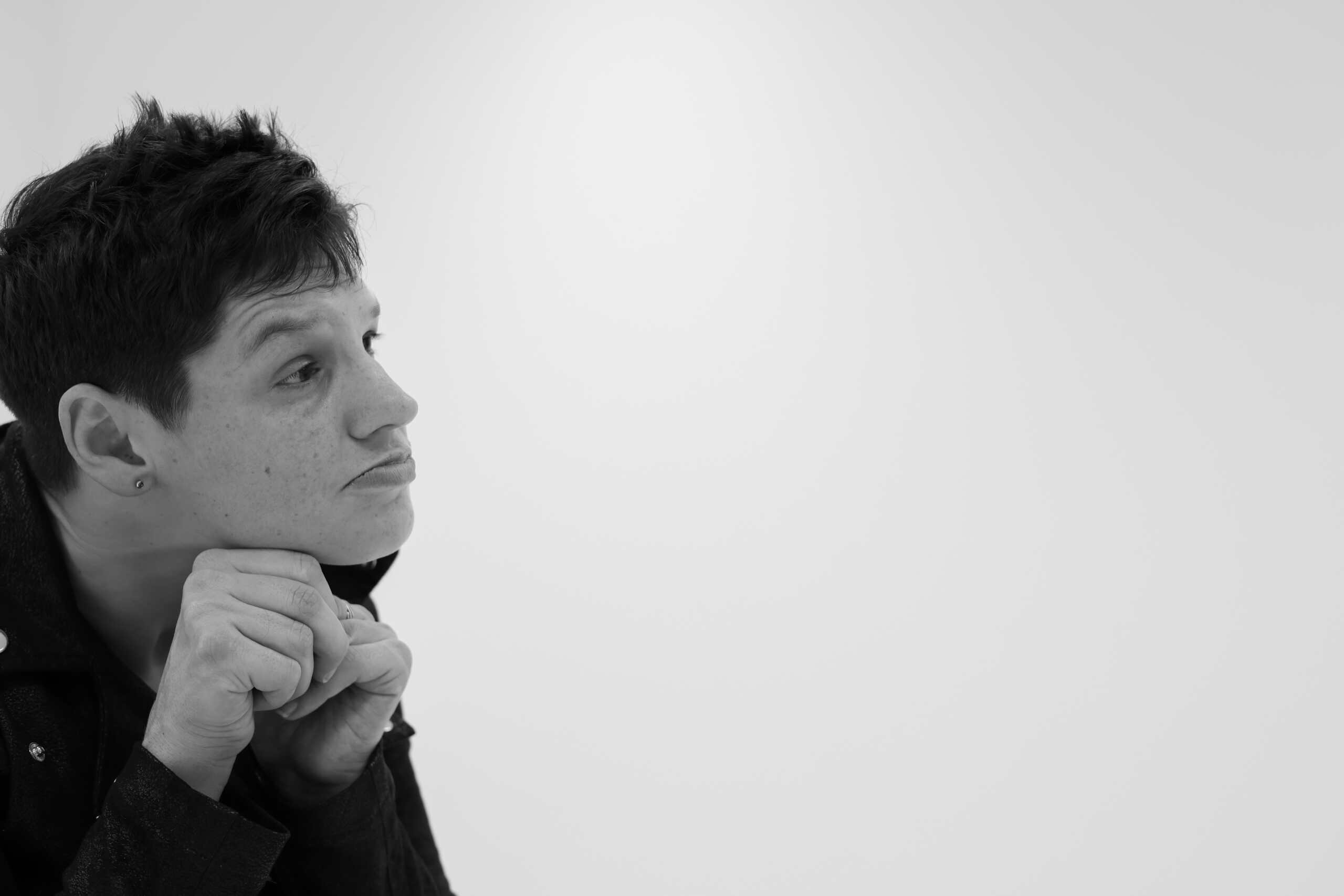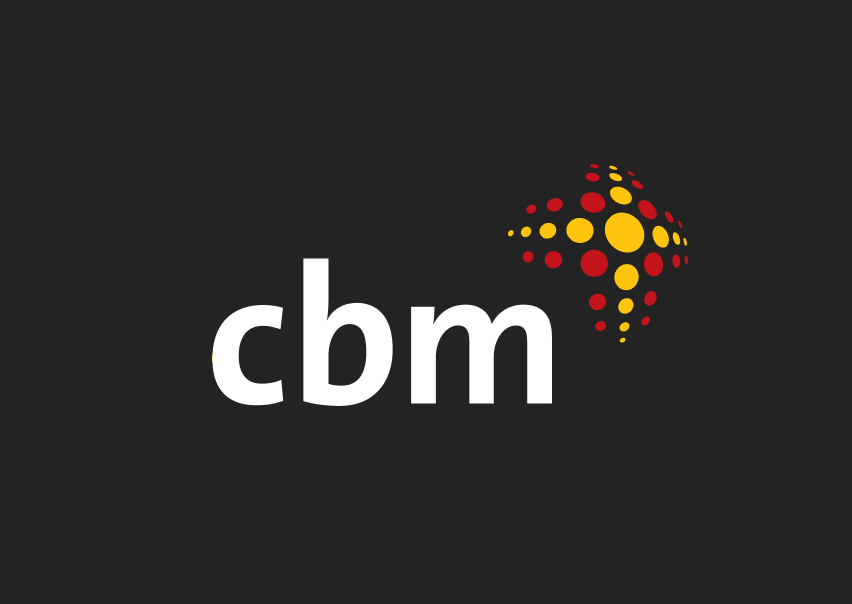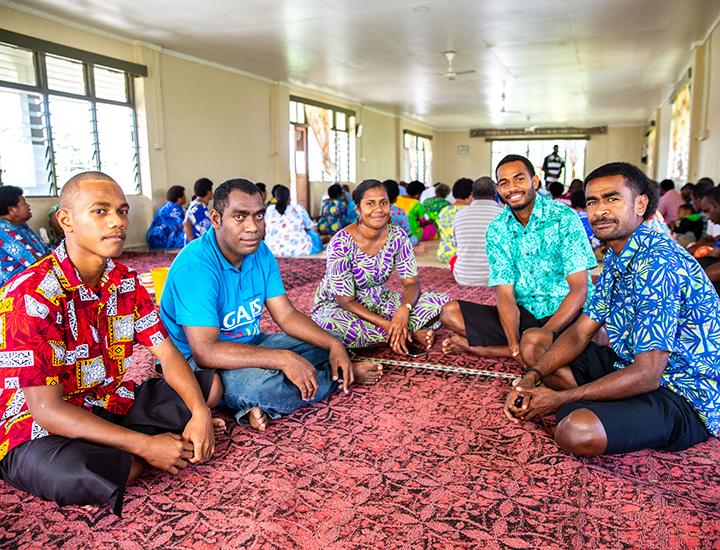Making sure people with disability don’t get left behind – when disaster strikes
Stories | August 10, 2022
In 2006, after several days of torrential rain, a rock slide-debris avalanche occurred on the island of Leyte in the Philippines, covering the small town of St Bernard in mud, with an estimated death toll of over 1200. Eight years later, Cyclone Haiyan, one of the most ferocious storms ever recorded, hit the city of Tacloban on the same island. Six thousand people died.
The Philippines is particularly prone to natural hazards such as typhoons, landslides and earthquakes. The government realises that communities need to be better prepared.
When disasters strike, it is often people with disability, along with the elderly, who are often the hardest hit. A person with disability is twice as likely to die during a disaster event. CBM is working to make sure that communities are better prepared for disaster, and that people with disability don’t get forgotten and overlooked.
We recently visited villages in Leyte provinces that CBM is supporting to be disability inclusive and disaster-ready.
CBM’s approach begins by identifying people with disability in villages, and working with them to set up a small Disabled People’s Organisation. Often this includes parents who are caring for children with disability.
Calixto has been blind since birth and has become an active member of the DPO in Tereza village. He says, “The DPO has been raising with the village authorities that they need to think about people with disability when planning for disasters. I am totally blind and live alone. I’m pretty nervous during the cyclone season.”

CBM’s partner organisation and village DPOs have been targeting village councils. “We’ve prompted them to think about disability issues across all aspects of disaster planning – for example, how do you make sure that early warning systems are appropriate for people who are blind or deaf”, explains Riel Vincent, the project’s Disaster Risk Reduction advisor. “We’ve advised them (village councils) on how to make sure that evacuation centres, which are often in schools or sports halls, are accessible to people who may be in wheelchairs, or have trouble moving fast”.
A local councillor from Castilla village reflects, “this isn’t something we’ve really thought about before. Now we’re planning specifically to make sure that everyone knows what to do in cyclone season.
“The DPO has helped with this, by doing house to house visits of everyone in the community, identifying where people with disability and older people live, and where the main risk areas – for example, where flash flooding might occur – are in the village”.
They have marked this information on a map which is now in the village hall, along with banners showing evacuation processes.
“In times of disaster, we hope everyone will work better together”, he says.
Another spin-off has been the change in community attitudes. People are used to thinking that people with disability are objects of pity. Now what they are seeing is the DPO organising clean-up days so that canals and drains are not blocked, and turning up at village meetings to present their points of view.

What has started as work in just 6 villages has now caught the attention of the Municipal Disaster Planning Authorities.
Mr Harvey Gaspan, who coordinates the office in Palo, says ,“We really like this approach. The government has policies that our disaster planning needs consider people with disability, but it’s hasn’t always been done as well as it could. We’re working with 74 villages across this municipality, and now we are looking at ways to make sure CBM’s approach can be integrated more widely”.
CBM supports partners in different parts of the Philippines with similar work.
This project is supported by the Australian Government through the Australian NGO Cooperation Program (ANCP) and loyal CBM Australia supporters.
Further resources
Read more about CBM’s approach to disability inclusive disaster preparedness and disaster risk reduction.
Read the Gaibanda model, which has been developed through inclusive disaster risk reduction programs in Bangladesh and outlines key learnings and approaches. See our infographic summary or full document (50 pages).
CBM is also engaged in trying to influence international planning on disaster preparedness.
In Australia, CBM Australia has been chosen by the Australian Government to be part of its Australian Humanitarian Partnership and advises organisations including World Vision, Oxfam and Plan on how to consider disability issues as they plan and prepare for disasters.
CBM is also supporting organisations when they are responding as disasters strike. We have developed the Humanitarian Hands-on Tool– a phone-based app for relief workers showing how people with disability can be supported in things like relief food distribution, emergency shelter, accessing emergency latrines and so on.
https://www.cbm.org.au/stories/making-sure-people-with-disability-dont-get-left-behind-when-disaster-strikes
Related Stories

Week 2 – Lent series 2025
Lent, Solidarity and Lament “It’s like I’ve woken up in an alternate universe.” These words I have said a few times over the last three weeks....

Building a Just and Inclusive Future: Disability-Inclusive Disaster Risk Reduction and Climate Action
People with disabilities are among the hardest hit by...

Week 1 – Lent series 2025
Being held by Jesus…held together by Jesus, invites us to lean into solidarity. As we begin Lent today, we will be reflecting on the theme...
